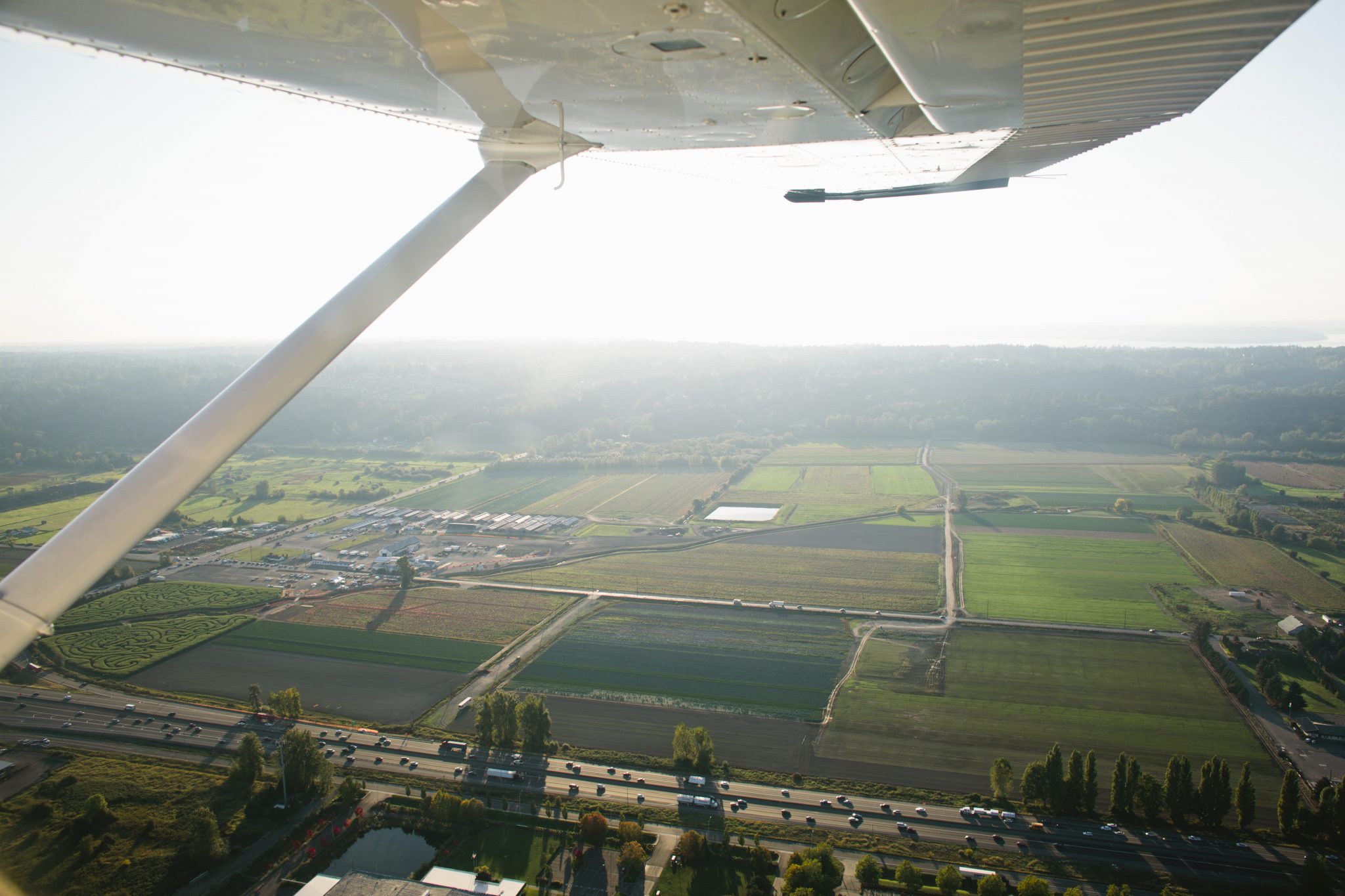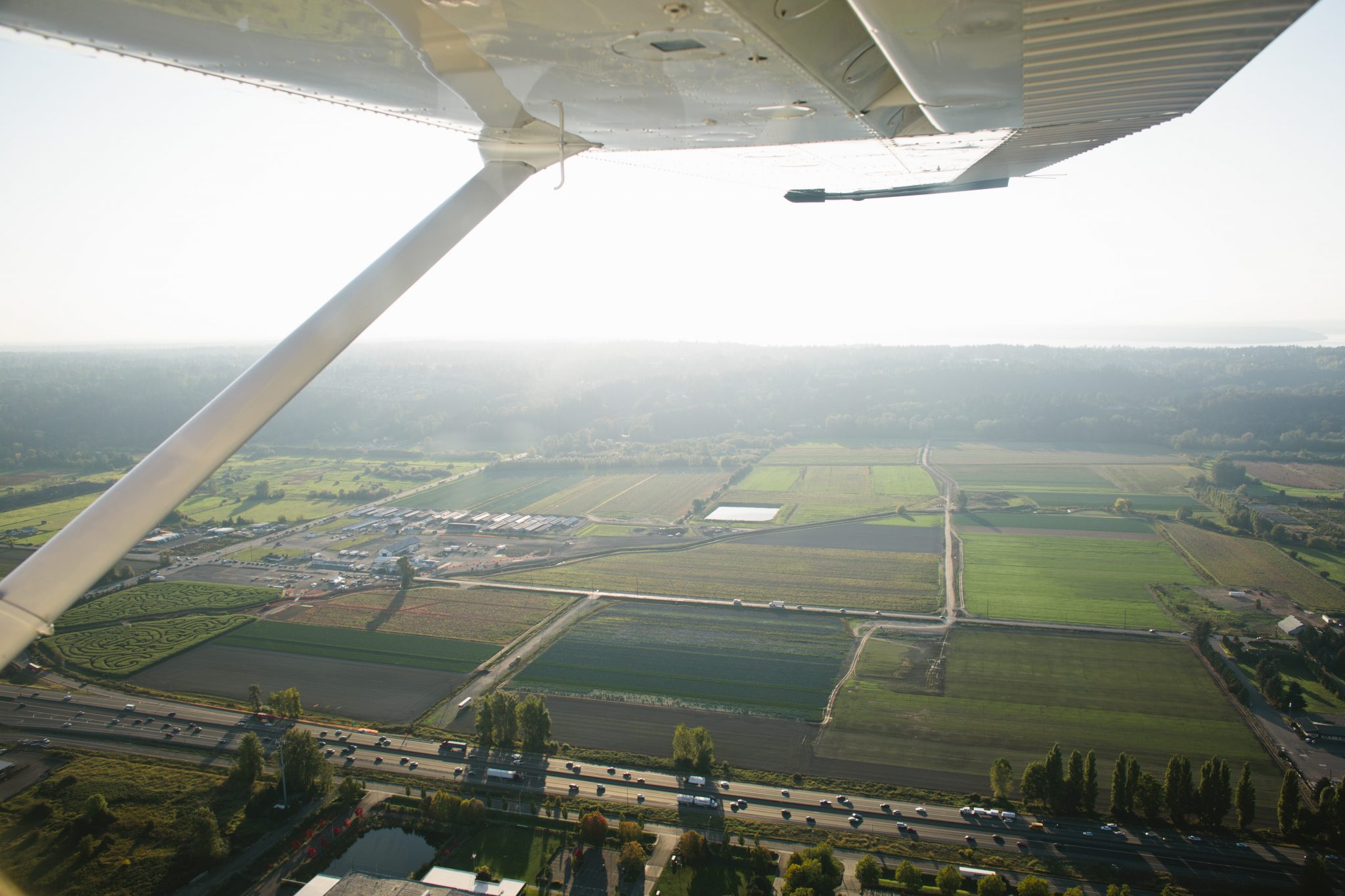
Fall 2016 Safety Corner
Fall is that time of year where everything seems to turn into a pumpkin – our lattes, our beer, even the weather and our planes. The latter two are figurative of course, but fog and frost can bring our flying to a momentary halt. Frustrated by this, many will give up and hit the pause button until next spring. However, a better understanding of fog and frost fundamentals will actually help you know when to capitalize your flying before the “clock strikes midnight.”

Fog is formed when the temperature and dew point converge and adequate nuclei is present to form visible moisture close to the ground. The process in which types of fog form may vary, but the ingredients are always the same. Radiation fog is usually the most prominent form of fog we encounter here at Boeing Field. Clear nights allow the solar radiation that had soaked into the Earth’s surface during the day to escape creating a temperature drop close to the surface. With very light winds – usually less than five knots – a mixing effect with cooling air, moisture, and particulates in the air can occur. Once the air temperature cools close enough to the dew point fog can form. This tends to occur close to sunrise because it’s the coolest part of the day. This layer of fog can sometimes be persistent if the sun is not able to raise the temperature above the dew point. We can identify the telltale signs that fog may turn our flight plan into a “pumpkin” by answering the following questions: Is it going to be clear the night before a morning flight? Are the winds going to calm down? What is the relative humidity and dew point and how does that compare to the forecast temperatures overnight?
Frost can be frustratingly finicky as it can appear one morning (or evening sometimes) and not the next. Again, it’s an issue of getting the right ingredients. Frost forms when moisture from the air adheres to a cold surface and freezes. Like radiation fog, it requires little to no wind and cold temperatures. Even if the air temperature is above freezing, the surface which frost can adhere to might be below freezing and that’s all you need to ruin your plans to fly. Frost, like fog, takes patience and an understanding of the causes and what will resolve it. Once your understanding is sufficient, the most difficult part is remaining patient. Numerous times I have witnessed people melt frost off their aircraft only to see the liquid reform into frost a few minutes later. Why? Because the temperature is still at or below freezing on the surface the aircraft. Questions similar to the ones we asked about fog can be asked regarding frost: Are the temperatures going to be at or below freezing? Is there sufficient moisture in the air? Is it going to be a calm, clear night? By now you may notice a trend and might start to realize just how freezing fog could form and really ruin your flight!
So don’t give up completely this fall on your flying plans. Just apply some basic understanding of what could possibly delay your flight and plan accordingly. Do that and you’ll shine like Cinderella at the Ball. Just remember not to fly in glass slippers.